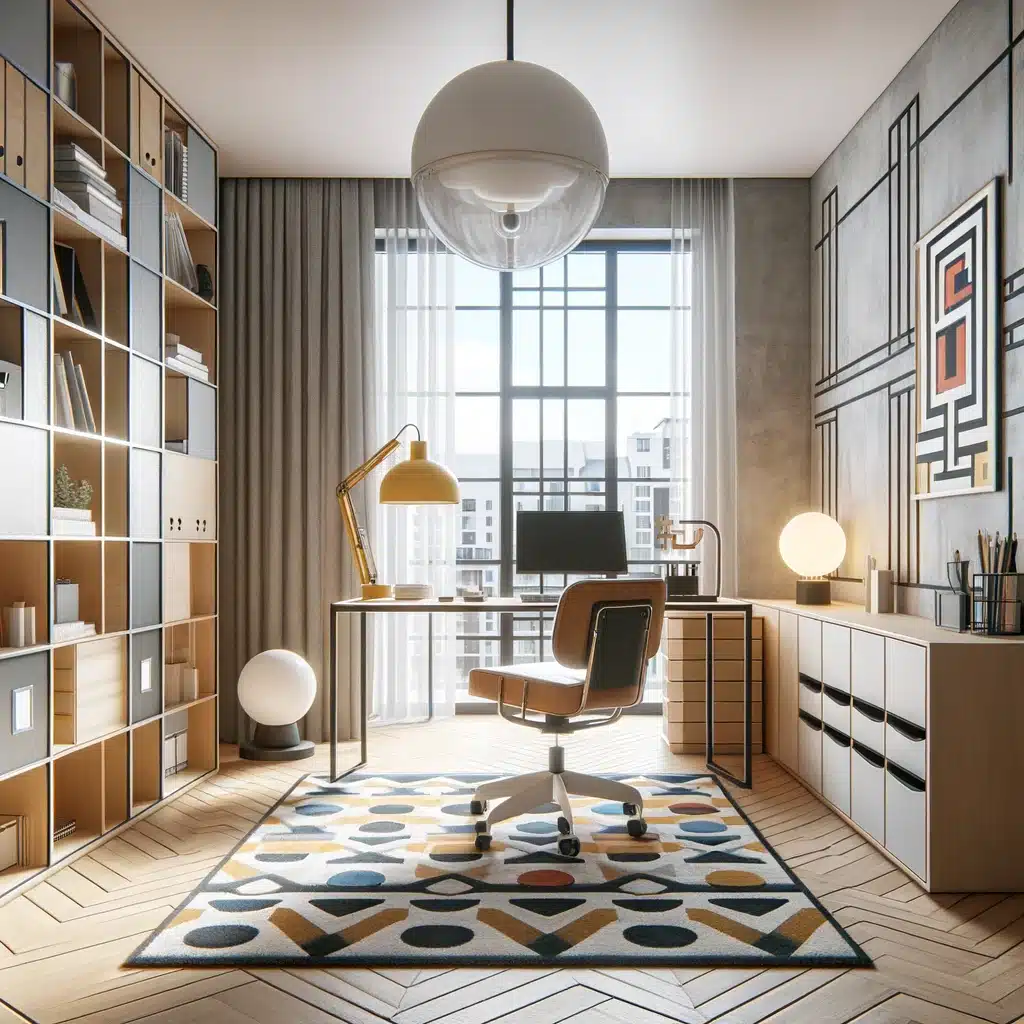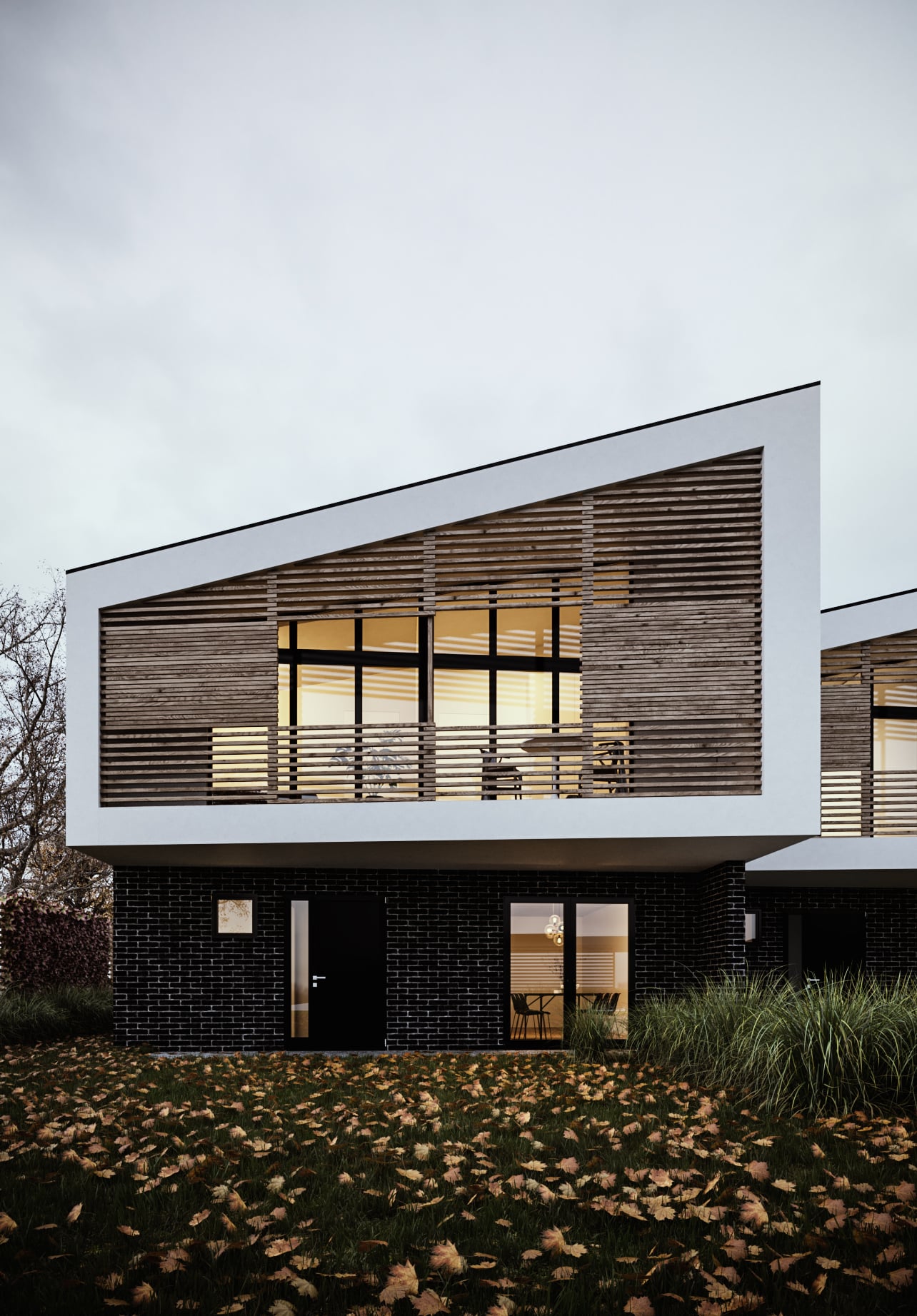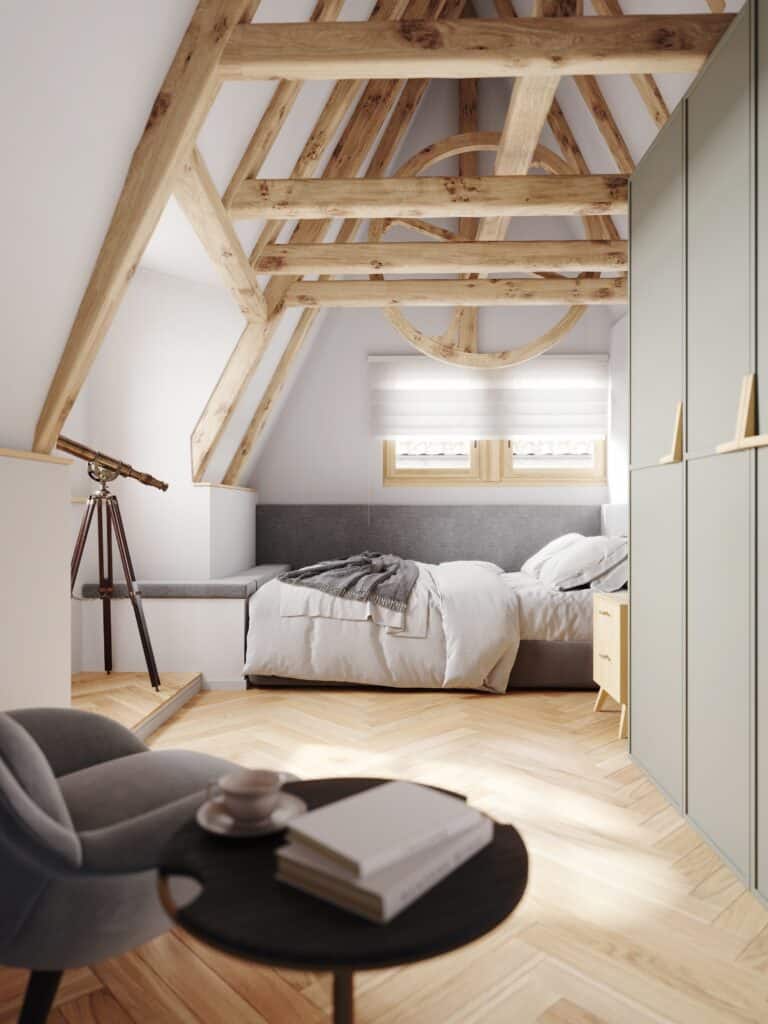
In the world of 3D interior visualization, lighting holds the key to creating captivating and realistic virtual spaces; 3D interior visualization lighting is crucially important to create welcoming atmosphere and emphasize the most important architectural and design ideas. The way you illuminate your scenes directly impacts the atmosphere, mood, and overall quality of your visualizations. In this article, we will explore the profound influence of lighting on 3D interior visualization and how different lighting techniques can elevate the impact of your designs.
Setting the Stage
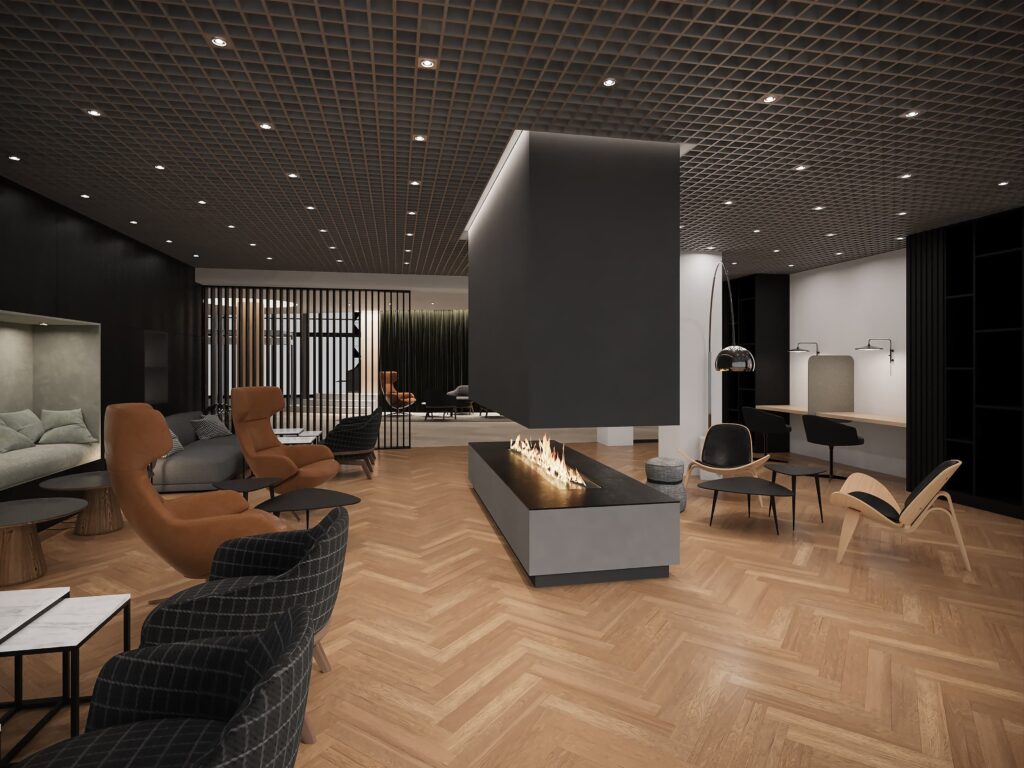
Lighting plays a crucial role in setting the desired atmosphere for your 3D interior visualization. By manipulating the intensity, color, and direction of light sources, you can create a warm and cozy ambiance for a residential setting or a bright and professional environment for commercial spaces.
The interplay between light and shadows sets the mood, evokes emotions, and guides the viewer’s perception within the virtual space.
It is important to set the stage in a way that the most important details are lit and exposed, this way emphasizing the interior design ideas and details/materials/furniture choices.
Natural vs. Artificial Lighting
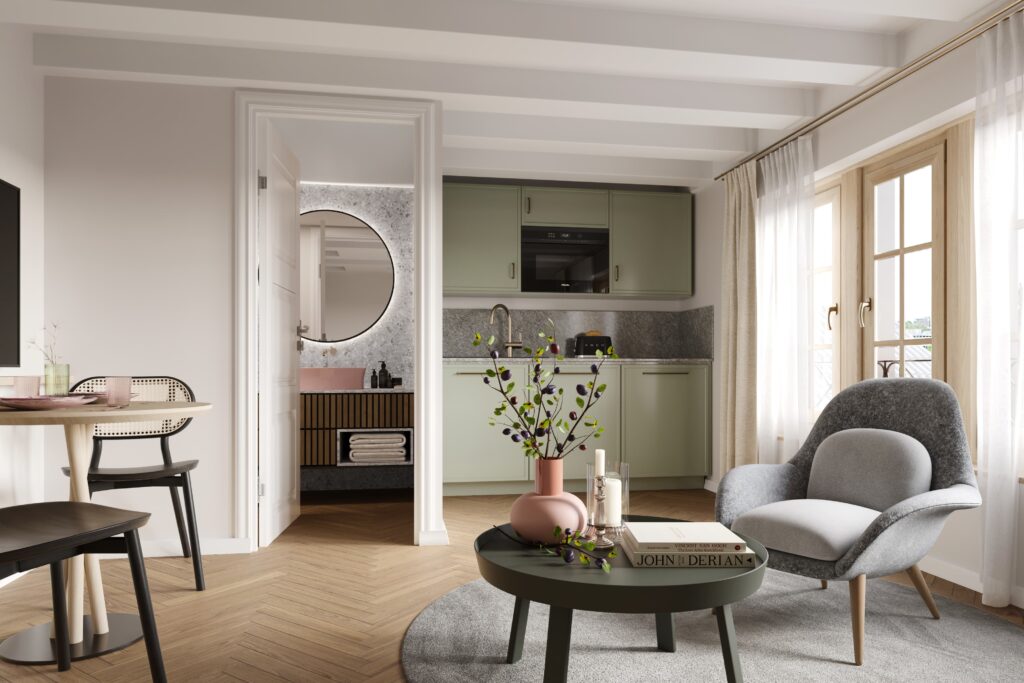
The choice between natural and artificial lighting depends on the context and objectives of your 3D interior visualization. Natural lighting mimics the illumination from windows, skylights, or openings, creating a sense of realism and depth. Good lighting is very important for people who choose to buy their new apartment (most home buyers want a lot of natural light) , so showing that in a 3D visualization is a very good choice.
On the other hand, artificial lighting allows for greater control and creativity, enabling you to emphasize specific areas, highlight architectural features, or create dramatic lighting effects. Striking a balance between the two can enhance the visual impact and realism of your design.
Direct Lighting
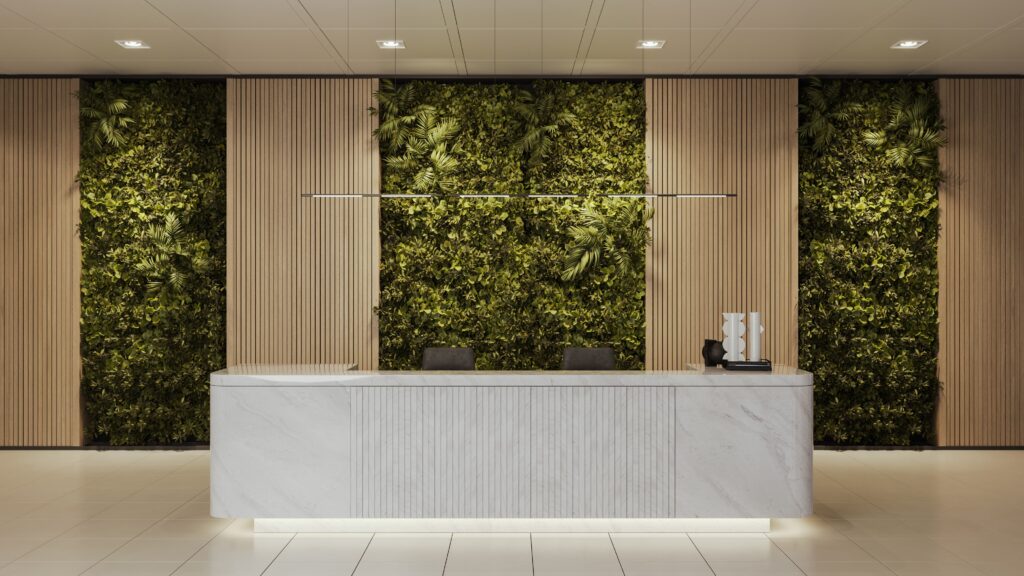
Direct lighting involves placing light sources strategically to illuminate specific areas or objects within your 3D interior visualization. By accentuating focal points, direct lighting guides the viewer’s attention and highlights important design elements, such as artwork, furniture, or architectural details. This technique adds depth and dimension to your scenes, enhancing the overall visual experience.
Indirect Lighting

Indirect lighting, also known as diffused lighting, creates a softer and more natural illumination by bouncing light off surfaces. This technique minimizes harsh shadows and produces a gentle and inviting atmosphere. Indirect lighting is ideal for achieving a cozy and realistic look in residential spaces or creating a welcoming ambiance in hospitality or retail environments.
Color Temperature
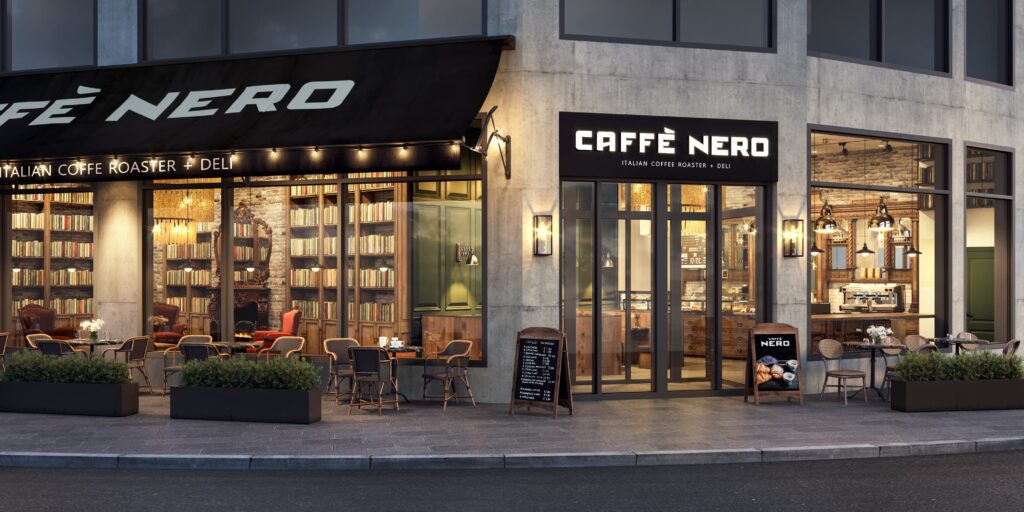
Color temperature impacts the mood and emotional response within a 3D interior visualization. Warm colors (such as yellow or orange) create a cozy and intimate atmosphere, while cool colors (such as blue or green) evoke a sense of calmness or professionalism. By carefully selecting the color temperature, you can reinforce the desired ambiance and communicate the intended message of your design.
Color temperature refers to the perceived warmth or coolness of light, which is measured in Kelvin (K). Understanding and effectively utilizing color temperature is essential in creating the desired mood, atmosphere, and visual impact within your 3D interior visualization. By manipulating color temperature, you can evoke specific emotions, enhance realism, and guide the viewer’s perception of the space.
- Warm Color Temperature (Lower Kelvin): Warm colors, typically associated with lower Kelvin values (around 2000K to 3500K), create a cozy and inviting atmosphere in 3D interior visualization. Warm light is reminiscent of a soft, candlelit glow or the golden hour of a sunset. It often evokes feelings of comfort, intimacy, and relaxation. Warm color temperature is commonly used in residential spaces, such as bedrooms, living rooms, or restaurants, where a warm and welcoming ambiance is desired.
- Neutral Color Temperature (Mid-Range Kelvin): Neutral colors fall within the mid-range of color temperature (around 3500K to 5000K). These colors neither lean towards warm nor cool, offering a balanced illumination that feels natural and familiar. Neutral color temperature is commonly used in office spaces, retail environments, or public areas where a clear and functional lighting design is preferred. It provides an atmosphere that is both professional and comfortable.
- Cool Color Temperature (Higher Kelvin): Cool colors, associated with higher Kelvin values (around 5000K to 6500K or more), produce a crisp and refreshing illumination. Cool light resembles daylight or a bright, blue sky on a sunny day. It creates a sense of alertness, focus, and cleanliness. Cool color temperature is often employed in commercial settings, such as hospitals, supermarkets, or workspaces, where visibility, productivity, and a sense of freshness are important.
- Emotional Impact of Color Temperature: Color temperature has a profound impact on human emotions and can be used strategically to convey specific feelings within your 3D interior visualization. Warm colors elicit a sense of comfort, intimacy, and relaxation, making them ideal for creating inviting residential spaces or cozy lounges. Neutral colors promote a balanced and functional environment, suitable for offices or retail spaces. Cool colors evoke a sense of alertness, efficiency, and cleanliness, making them suitable for healthcare facilities or modern workspaces.
- Complementary Lighting and Color Temperature: It’s important to consider the overall lighting design when determining the color temperature for your 3D interior visualization. Different light sources, such as natural daylight, incandescent bulbs, or LED lights, emit light with varying color temperatures. Integrating complementary lighting sources with different color temperatures can enhance the visual experience and create a harmonious balance within the scene. For instance, combining warm ambient lighting with cool task lighting can add depth, visual interest, and a sense of realism to the space.
Dynamic Lighting

Dynamic lighting allows you to simulate different times of the day or changing lighting conditions within your 3D interior visualization. By adjusting the intensity, color, and position of light sources dynamically, you can showcase how natural light interacts with the space throughout the day. This technique adds realism and depth to your visualizations, making them more relatable and engaging for viewers.
Conclusion
The significance of lighting in 3D interior visualization cannot be overstated. By understanding and harnessing the power of lighting techniques, you can transform your virtual spaces into immersive and compelling environments.
Whether you aim to evoke emotions, emphasize focal points, or create a specific atmosphere, lighting is the key to enhancing the impact and realism of your designs. Remember to experiment, explore different techniques, and strike a balance between realism and creativity to create visually stunning and captivating 3D interior visualizations.




